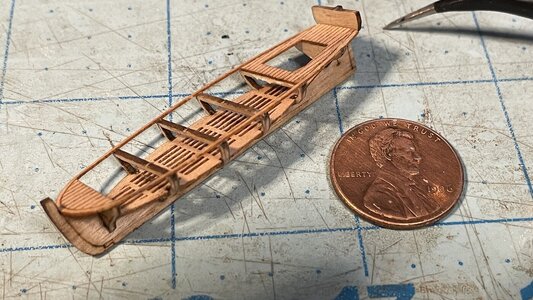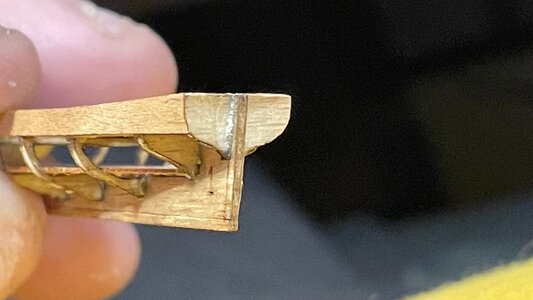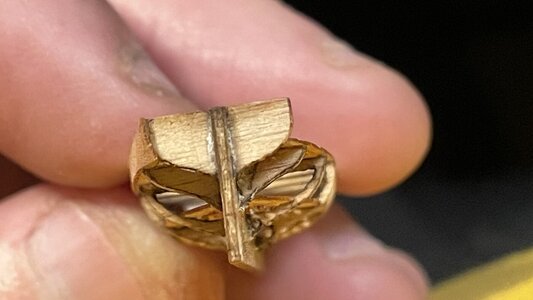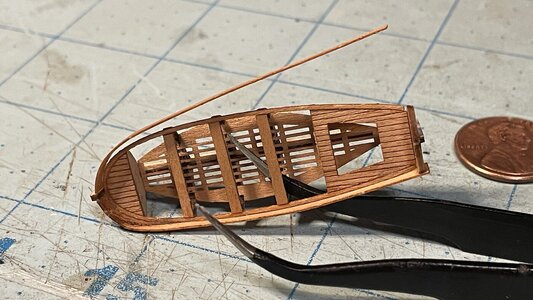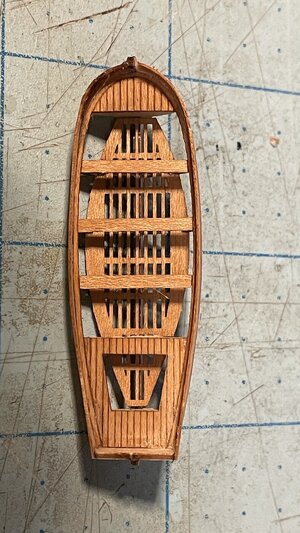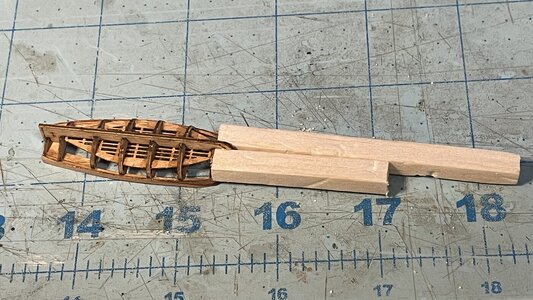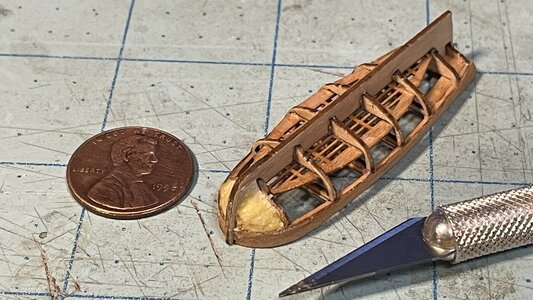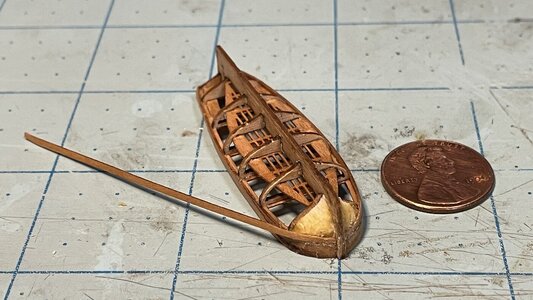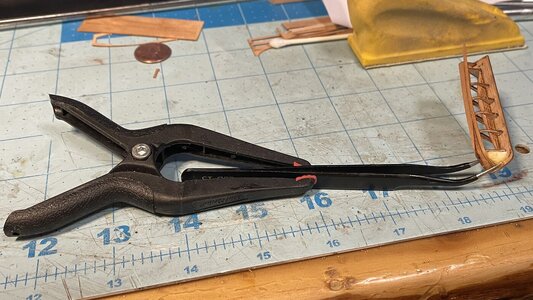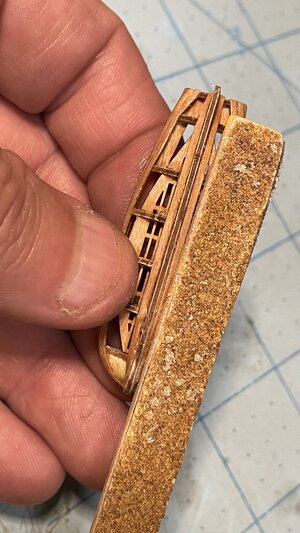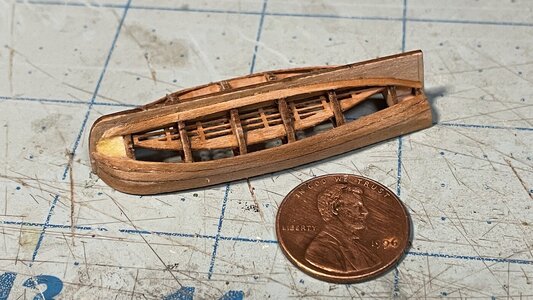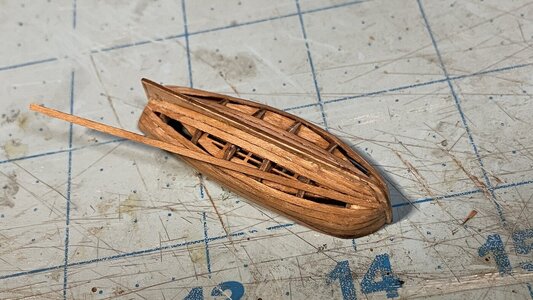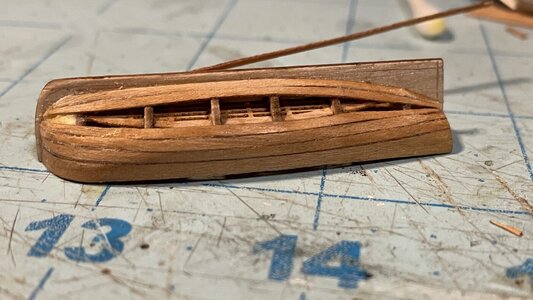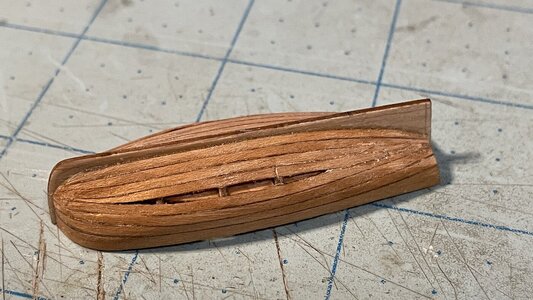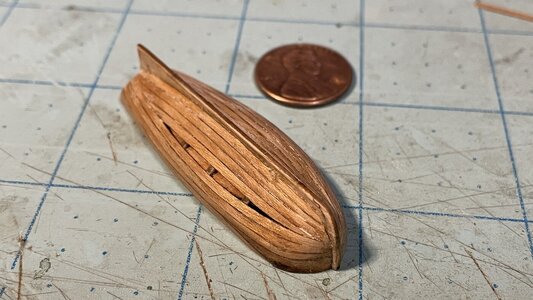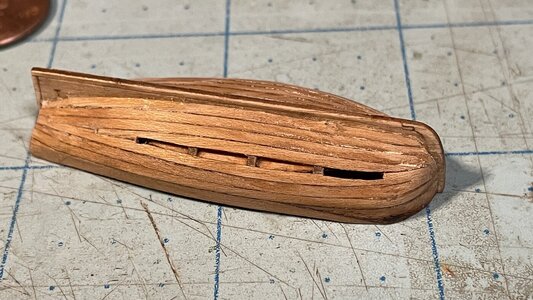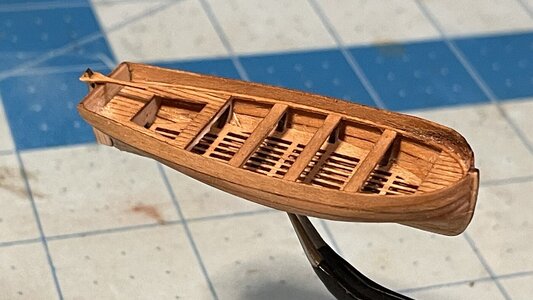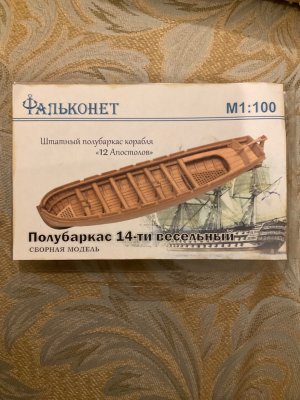So you thought building the cheap Chinese Halcon kit was small? Well, I needed a few small boats for future builds on smaller scales, so I picked up four of these cheap laser cut ship's boat kits for about $4.00 each. Here is a 6 hour build log of the first of these little boats. I prefer Master Korabel kits, but he doesn't make kits for smaller scales.
Here are what two of the kits looks like. Quality water resistance bags.
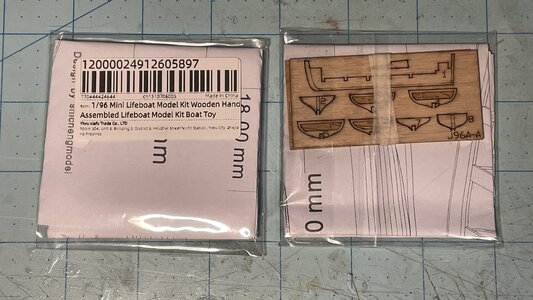
Using a sharp razor knife, the keel and frames are cut out.
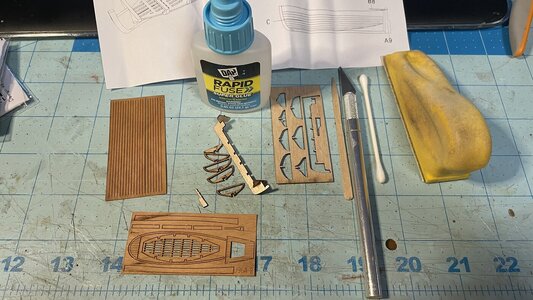
The instructions are quite good. Lots of easy to follow pictures.
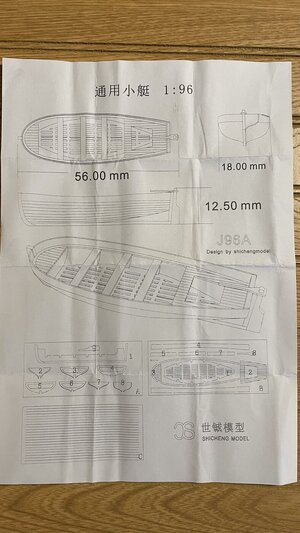
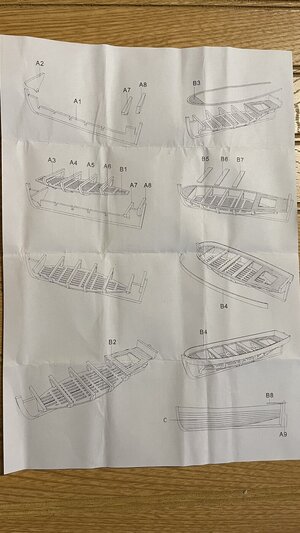
A few frames are CA glued to the keel piece, and the other frames are glued to the floor grating. The parts are cut precisely and fit perfectly with no alterations needed, except for the hull planks which need tapering and custom fitting. You need some experience hull planking to make this kit work well. The parts are VERY VERY delicate, but if you are slow and careful, you won't snap anything in half.
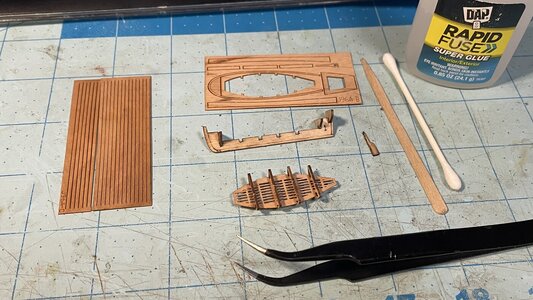
Here are what two of the kits looks like. Quality water resistance bags.

Using a sharp razor knife, the keel and frames are cut out.

The instructions are quite good. Lots of easy to follow pictures.


A few frames are CA glued to the keel piece, and the other frames are glued to the floor grating. The parts are cut precisely and fit perfectly with no alterations needed, except for the hull planks which need tapering and custom fitting. You need some experience hull planking to make this kit work well. The parts are VERY VERY delicate, but if you are slow and careful, you won't snap anything in half.




